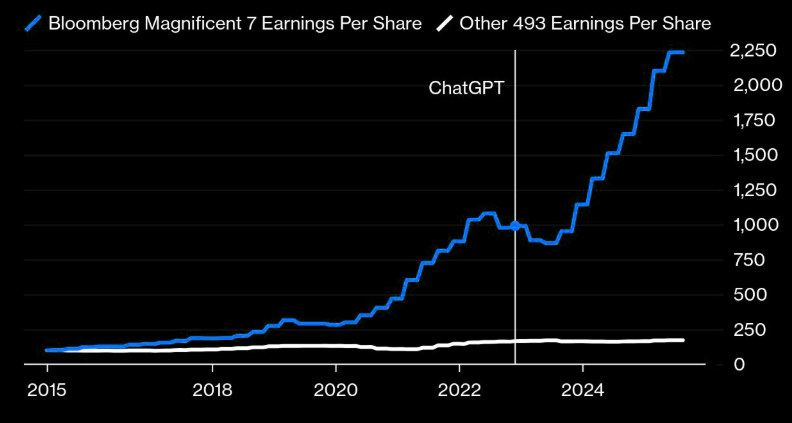- GBP/JPY drifts higher to 191.20 in Tuesday’s early Asian session, up 0.40% on the day.
- The improved risk sentiment weighs on the safe-haven currency like the JPY.
- The BoE is expected to keep the rate steady at 5.0% at its September meeting.
The GBP/JPY cross recovers to near 191.20, snapping the two-day, losing streak during the early European session on Tuesday. The sell-off of the Japanese Yen (JPY) broadly provides some support to the cross. Japan’s National Consumer Price Index (CPI) will be the highlight on Friday.
The Bank of Japan (BoJ) forecasted that a robust economic recovery in the Japanese economy would help inflation achieve its 2% target sustainably. This would convince the BoJ to hike more rates after last month's move as part of the BoJ's continued attempt to unwind years of substantial monetary stimulus, according to Reuters. This, in turn, might boost the JPY and create a headwind for the cross.
On the other hand, the risk-on mood and easing geopolitical risks in the Middle East could undermine the safe-haven currency like the JPY. The United States said that Israeli Prime Minister Benjamin Netanyahu has accepted a bridging proposal aimed at resolving differences between Israel and Hamas. Nonetheless, any signs of escalating political tensions might boost the safe-haven flows, benefiting the JPY.
The rising speculation that the Bank of England (BoE) would keep the interest rate steady at 5.0% at the upcoming September meeting could support the Pound Sterling (GBP) as well. “The BOE is most likely to leave rates unchanged at their next meeting in September with the next cut having to wait until November,” said Rupert Thompson, IBOSS chief economist.
Risk sentiment FAQs
In the world of financial jargon the two widely used terms “risk-on” and “risk off'' refer to the level of risk that investors are willing to stomach during the period referenced. In a “risk-on” market, investors are optimistic about the future and more willing to buy risky assets. In a “risk-off” market investors start to ‘play it safe’ because they are worried about the future, and therefore buy less risky assets that are more certain of bringing a return, even if it is relatively modest.
Typically, during periods of “risk-on”, stock markets will rise, most commodities – except Gold – will also gain in value, since they benefit from a positive growth outlook. The currencies of nations that are heavy commodity exporters strengthen because of increased demand, and Cryptocurrencies rise. In a “risk-off” market, Bonds go up – especially major government Bonds – Gold shines, and safe-haven currencies such as the Japanese Yen, Swiss Franc and US Dollar all benefit.
The Australian Dollar (AUD), the Canadian Dollar (CAD), the New Zealand Dollar (NZD) and minor FX like the Ruble (RUB) and the South African Rand (ZAR), all tend to rise in markets that are “risk-on”. This is because the economies of these currencies are heavily reliant on commodity exports for growth, and commodities tend to rise in price during risk-on periods. This is because investors foresee greater demand for raw materials in the future due to heightened economic activity.
The major currencies that tend to rise during periods of “risk-off” are the US Dollar (USD), the Japanese Yen (JPY) and the Swiss Franc (CHF). The US Dollar, because it is the world’s reserve currency, and because in times of crisis investors buy US government debt, which is seen as safe because the largest economy in the world is unlikely to default. The Yen, from increased demand for Japanese government bonds, because a high proportion are held by domestic investors who are unlikely to dump them – even in a crisis. The Swiss Franc, because strict Swiss banking laws offer investors enhanced capital protection.
Tags: Featured,newsletter
































